Starlings are a large group of birds in the Sturnidae family. While there is a large variety of starling species, from myna birds to glossy starlings, this article will focus on the largely destructive and invasive European starling.
People also call this species the “common starling” or simply “starling,” depending on who you ask. They are shiny black birds, covered with whitish speckles. Read on to learn about the starling.
Description of the Starling
This species of starling is moderately sized, with a wingspan of 12 – 17 in. across. They have iridescent plumage, which shines green or purple in the light. Their white speckles are much more drastic in winter, and males have less speckling on their undersides than females do.
Starlings have short, pointed beaks that are black colored. These birds are also quite noisy, and you can commonly identify them without actually seeing them.
Interesting Facts About the Starling
Though they look insignificant, aren’t particularly large, and don’t appear destructive, starlings are a serious problem. As an invasive species they outcompete the native birds, destroy crops, and create a major sanitation issue with their droppings.
- A Shakespearian Tragedy – We can attribute the entire invasive starling population in North America to a single man, Eugene Schieffelin. Eugene released a total of 100 starlings into New York City in 1980 and 1981. Why? Because William Shakespeare mentioned starlings in his plays.
- Cruel Competition – The now-booming starling population poses a serious problem to native species. Woodpeckers, chickadees, swallows, and many other species must directly compete with starlings for limited nest holes. Sadly, this causes the native birds to suffer, as the starlings take prime nesting locations and the native species must choose more dangerous ones.
- Fruits of our Labor – It isn’t just wildlife that suffers because of these invasive birds. Farmers can have entire crops wiped out by a flock of starlings. The birds eat tomatoes, grapes, currants, olives, and peaches. In addition to the fruits, they also dig up and eat newly planted seeds. Scientists estimate that the birds cost $800 million in agricultural damage every year.
- Beneficial Bird – Part of the reason starlings spread to other countries was because of their benefit elsewhere. While in North America they cause destruction, in Eurasia they remove pest insects that damage crops. Unfortunately, this is the case with many invasive species. Humans add them to remove a pest, but in the end, they become even more troublesome!
Habitat of the Starling
The key to success for this species is its ability to adapt to human environments. In fact, these birds actually prefer areas where humans have built cities and towns. They live primarily in urban and suburban areas, as well as farmland.
These birds will also live in coastal areas, open forests, mountain ranges, and more. Adaptability is the primary reason why this invasive species is so successful.
Distribution of the Starling
In their native range, starlings reside throughout Europe, Africa, India, the Middle East, China, and more. Unfortunately, humans have introduced them extensively outside of their native range.
In the areas that humans have introduced this species, they have almost universally earned a reputation as being destructive and invasive. The primary invasive populations range throughout South America, Australia, New Zealand, North America, Polynesia, South Africa, and more.
Diet of the Starling
Starlings feed on a wide variety of foods, but are primarily insectivores in their natural habitat. They eat spiders, flies, moths, grasshoppers, bees, ants, wasps, and other insects.
However, they will feed on a wide variety of items outside of their “natural” diet, including fruits, seeds, lizards, and will even pick through garbage. They do need to consume insects in order to successfully reproduce and rear chicks, but are otherwise very flexible in their diet.
Starling and Human Interaction
As pests, these birds are detrimental to human activity in a number of ways. Not only do they eat crops and impact the native bird populations, but they also provide a number of other hazards. Starling feces spreads a variety of bacteria and fungus that can make humans sick.
Large flocks are also extremely dangerous when flying near airports, as they can collide with planes. Sadly, this results in extensive lethal removal of starlings. These birds are a good example of what invasive species can cause, and why it’s important to avoid non-native species at all costs.
Domestication
Humans have not domesticated starlings in any way.
Does the Starling Make a Good Pet
Hypothetically speaking, starlings could make good pets, albeit messy. They are social birds, so they need to live in groups. You must also have a large enough cage to provide multiple birds with exercise opportunities. It is vitally important not to release starlings into the wild, because they are a serious invasive species.
Starling Care
This species is generally easy to care for. They will eat just about anything, don’t need a great deal of space, and are relatively hardy. Starlings need to live in flocks, as they are social creatures.
You can feed them insects, seeds, fruits, and more. It is important to provide room for exercise and a variety of perches for them to roost on. As with any animal kept in human care, they should never be released into the wild.
Behavior of the Starling
This bird is extremely social, and large groups can number in the millions. These groups, called flocks, grow larger in the cold months, and they roost in huge numbers. When flying, these large flocks form a mass in the air, and are easily recognizable.
They leave their roost in the morning to search for food, commonly breaking off into smaller groups. At sundown, the flocks return to the roost to sleep.
Reproduction of the Starling
To attract a mate, male starlings build a nest in a tree hollow or similar location. They each sing to attract a mate, and the pair will continue the nest building together. The female lays between four and five eggs in the nest, and incubates them for nearly two weeks. It takes three weeks for the chicks to begin flying, and another two weeks before they are independent.

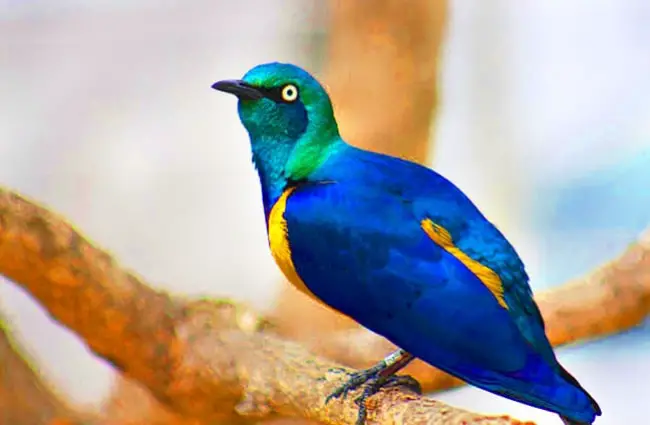
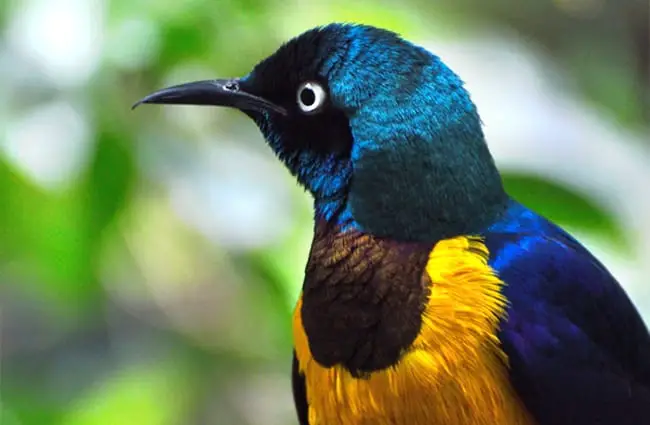
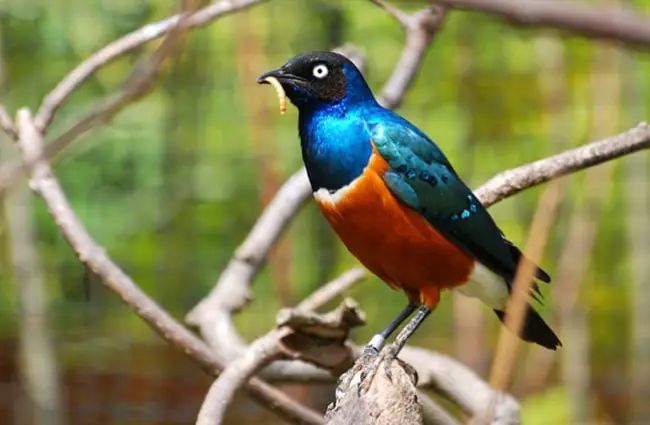
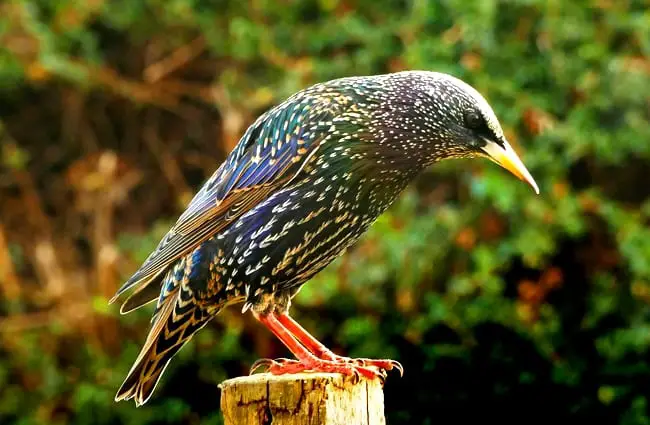
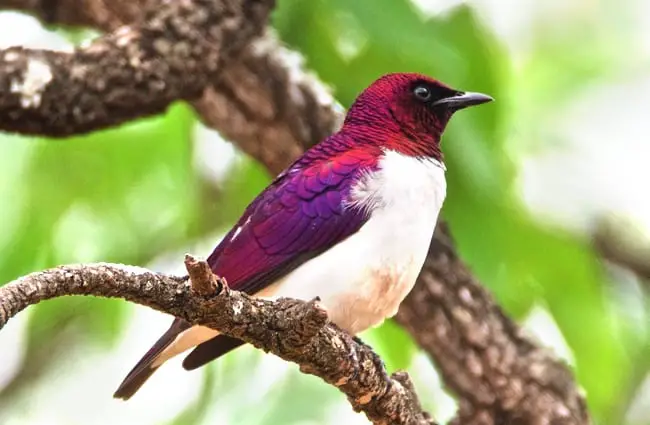

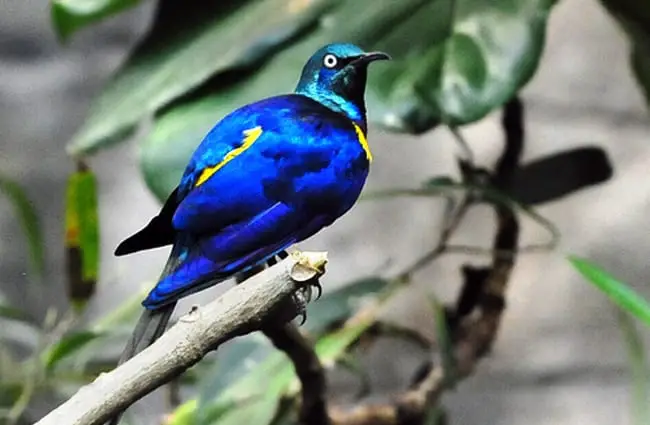
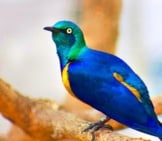
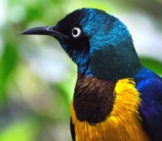

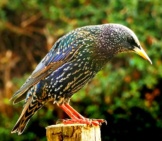
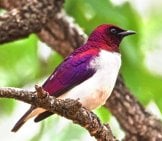
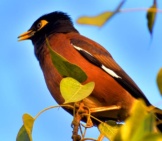
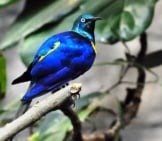
![Red Angus Closeup of a beautiful Red Angus cowPhoto by: U.S. Department of Agriculture [pubic domain]https://creativecommons.org/licenses/by/2.0/](https://animals.net/wp-content/uploads/2020/03/Red-Angus-4-238x178.jpg)












![Red Angus Closeup of a beautiful Red Angus cowPhoto by: U.S. Department of Agriculture [pubic domain]https://creativecommons.org/licenses/by/2.0/](https://animals.net/wp-content/uploads/2020/03/Red-Angus-4-100x75.jpg)

